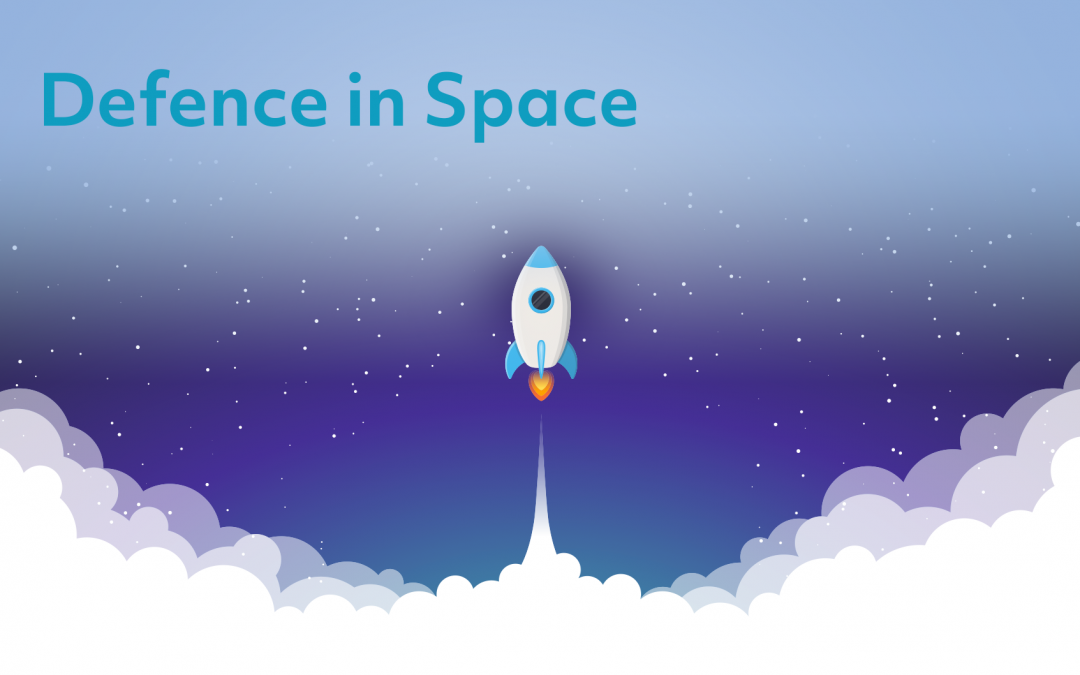October saw the first ever Defence in Space event, designed to gather the satellite and defence industry together to discuss current and future challenges. Considering it was the inaugural event, the attendance figures were impressive, I believe there was even a waiting list. And the event itself didn’t disappoint, full of engaging conversations, interesting discussions, and of course the obligatory evening party!
With so much discussion, it is hard to summarise it all but here are my key takeaways from the event:
1. Space is already a battleground
When you consider just how much of the global infrastructure relies on space, it is fairly obvious that space would be a target for would-be aggressors. What really brought it home to me is the threats already keeping the defence industry up at night and the tests taking place in the environment, supposedly preparing for acts of aggression.
While the risk is real and the consequences far-reaching, the industry is of course already ahead with ways to counter any acts of aggression, as was highlighted in a number of sessions around Space Situational Awareness warfare, as well as discussions on security and resiliency.
2. Innovation is shaping satcoms
The satcoms industry is changing. Multi-orbit architectures and a transition to the cloud to manage more, and data-hungry services, is making the industry rethink entire operations. This is leading to innovation like never before, which will be significant throughout the entire industry.
It is not surprising therefore that discussions included how the industry can effectively move towards virtualised networks, and how to adapt to a multi-orbit environment, while Andy Sutton talked about how BT is integrating terrestrial and space-based communications for a seamless network.
It is clear we need more, and continual, innovation to navigate the changing landscape, so it is reassuring to see that it is happening in abundance.
3. We need more collaboration
We heard from both UK and French Space command who are setting up their own system for better space situational awareness. At the same time, The US Department of Commerce has been evaluating its own methods and Europe has the EU SST. In my mind, it is imperative that these don’t work in silos, instead working together to create the best source of information that can enhance safety of flight. Perhaps the Space Data Association is key to enabling this, as the only place that integrates owner operator ephemeris and future manoeuvre plans.
Collaboration was also discussed at length in a number of sessions, particularly calling for government / industry collaboration. As was highlighted during the event, if industry better understands the precise challenges being faced, it will be better placed to respond with the right innovations and developments to make a difference. This is the whole remit of the Satcoms Innovation Group. As one of the Directors described it, the operators bring their dirty laundry so that the manufacturers can go away and build a new washing machine. Anything that involves government and defence is also more complex, but perhaps it has a role to play there to enable these conversations?
I definitely think there is a need for events such as this going forward, bringing the defence and satcoms players together without breaking the bank. I look forward to the next instalment!

